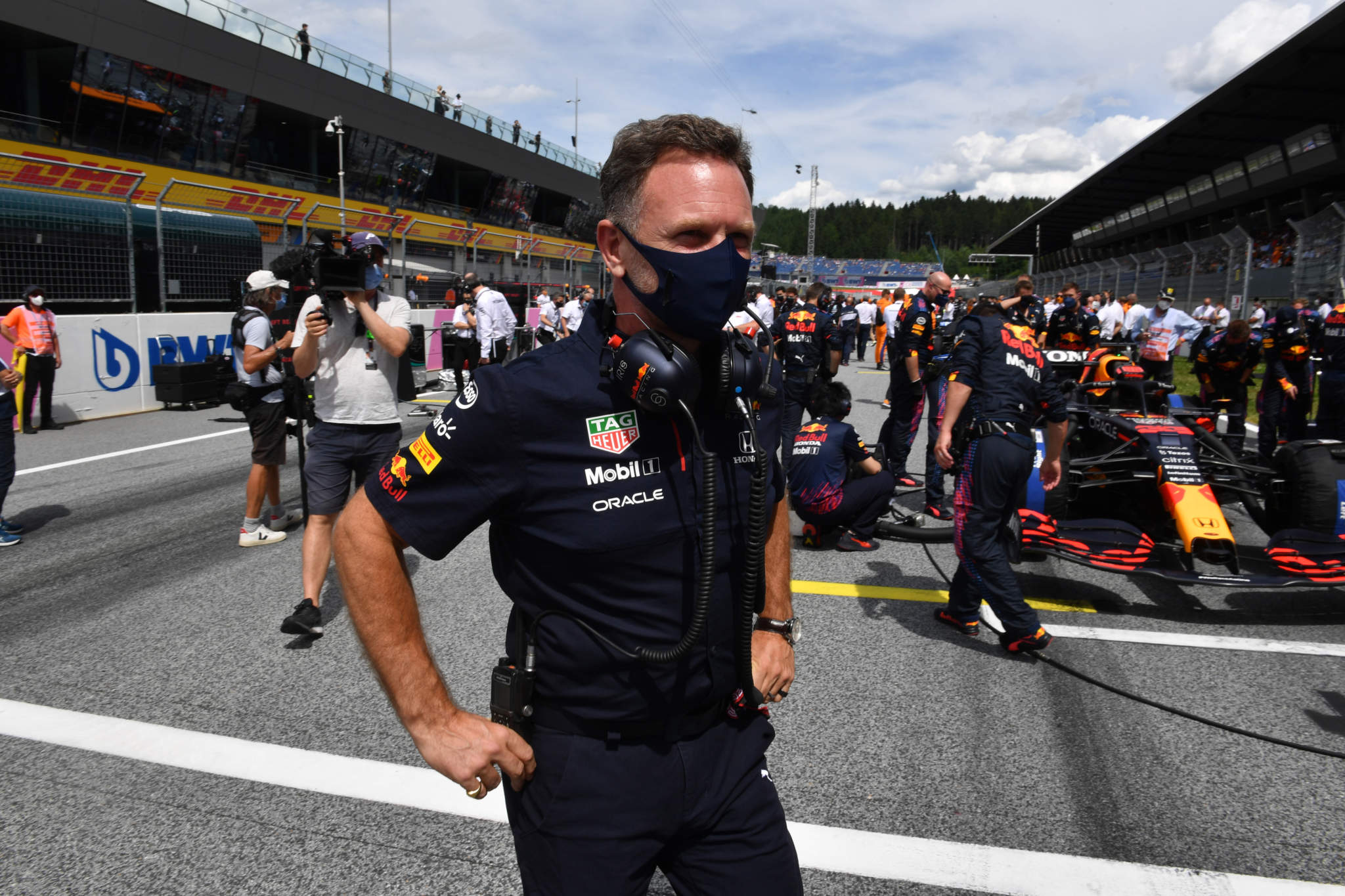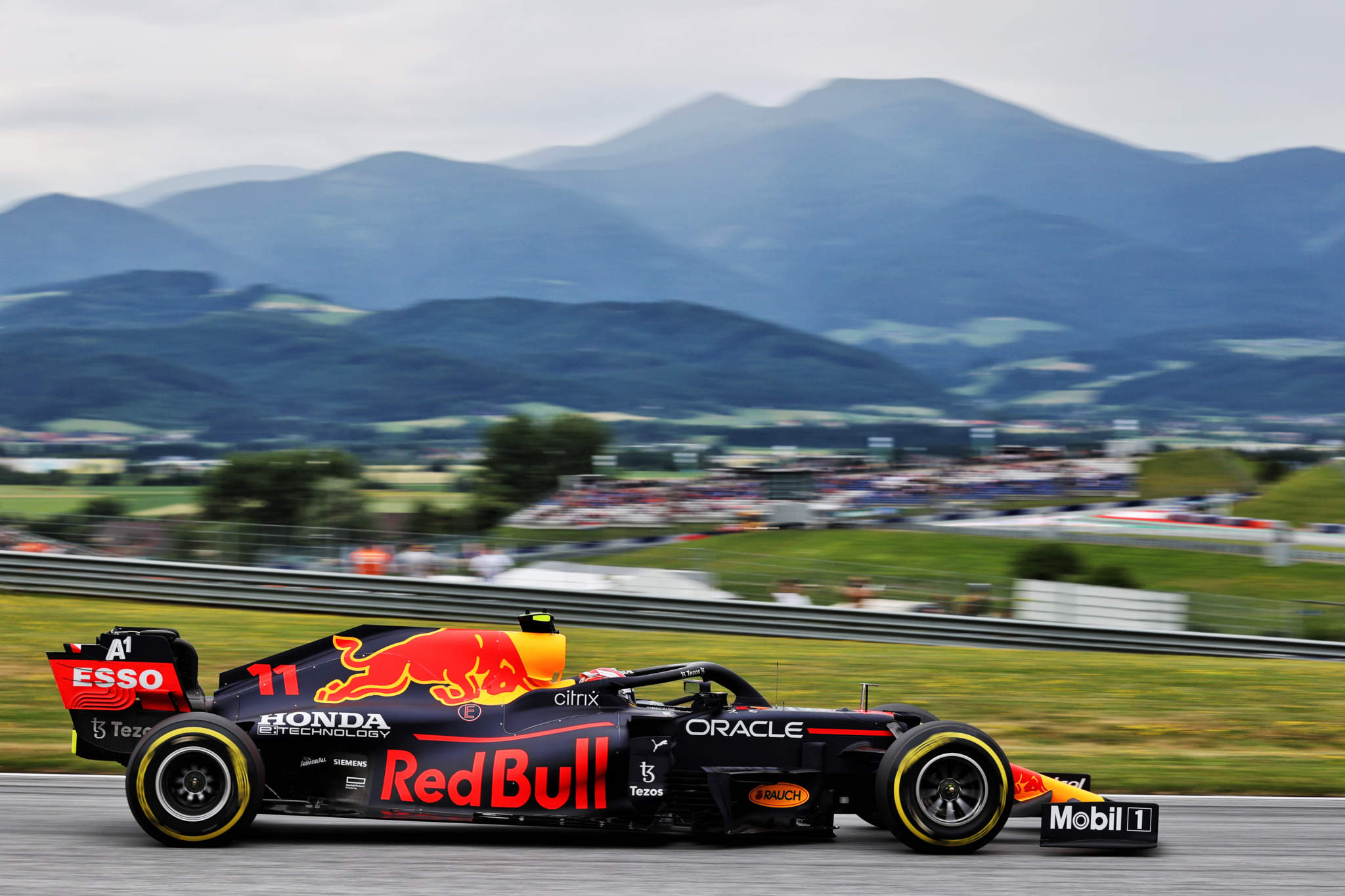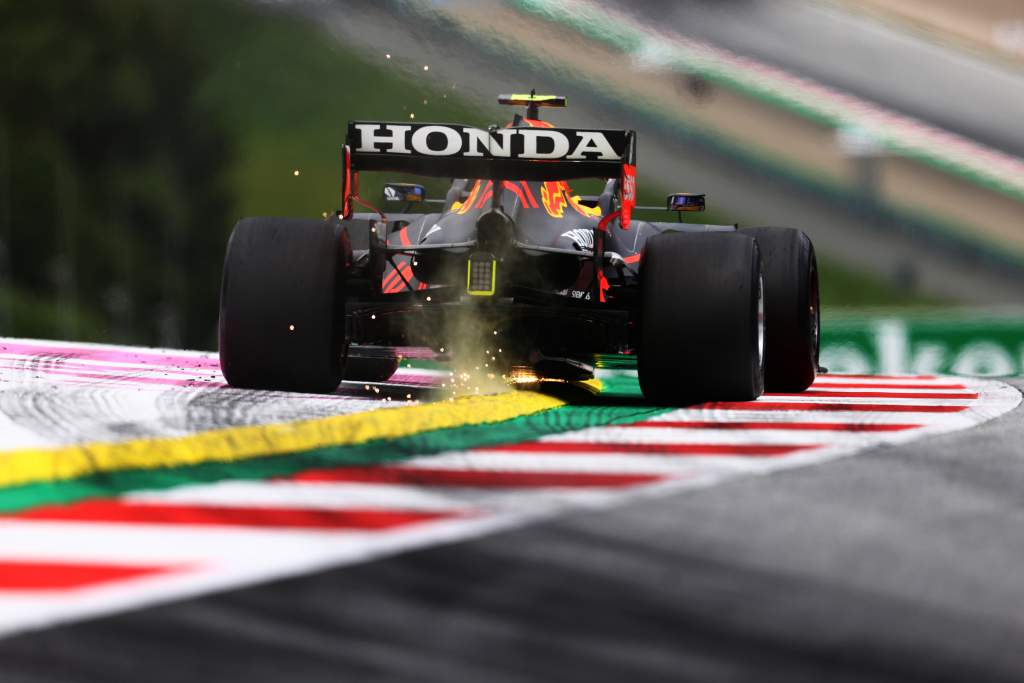Up Next

Red Bull Formula 1 boss Christian Horner says new engine rules should not come into force until 2026 and need to be a clear departure from the current architecture.
F1’s V6 turbo-hybrid engines were introduced in 2014 and, despite a brief push to abandon the MGU-H element of the complex energy recovery systems, they have remained unchanged since then.
They are set to finally be replaced in 2025 by a new set of engine rules yet to be fully outlined.
Senior personnel from Mercedes, Ferrari, Renault, Red Bull, Porsche and Audi will join F1 CEO Stefano Domenicali, F1 managing director of motorsport Ross Brawn and FIA president Jean Todt at an engine rules meeting today following Austrian Grand Prix qualifying at the Red Bull Ring.
Red Bull is involved because it has established a new engine division, and its engine for the new F1 rules will be the Red Bull Powertrains firm’s first-ever design.
Porsche and Audi’s presence at the meeting is part of their parent company the Volkswagen Group’s ongoing evaluation process and their participation in these meetings does not mean a decision to enter F1 will be taken in the near future.
But Horner says the fact F1 has “potential newcomers looking to come in” supports the argument for F1 to start from a “clean sheet of paper” rather than carry over fundamental elements of the current ruleset, and he thinks waiting until 2026 is the best way to achieve that.
“I would rather take the time to come up with something exciting, different and relevant that fits the criteria of cost, of performance, and that encourages close racing,” said Horner.

“Also we should not discount sound and emotion.
“So for me those are the criteria that should be focused on and it will be a great shame to carry over what currently is a very expensive engine and try and make it cheap.
“You can’t fly in first class and pay an economy ticket.
“Hopefully there’s an opportunity, particularly if it was for ‘26, to come up with an engine that’s sustainable, that’s environmentally friendly, that uses biofuels.
“That is a bit more of a clean sheet perhaps with elements of standardisation where costs can clearly be controlled rather than carry over what we currently have.”

The specific objectives F1 has previously outlined for its next-gen engine are environmental sustainability and social and automotive relevance; fully sustainable fuel; creating a powerful and emotive power unit; significant cost reduction and attractiveness to new power unit manufacturers.
Using so-called carbon-neutral fuels as the sustainability focal point appears to be a guaranteed element of the new rules, married to a V6 hybrid engine with increased electrical power output and a greater emphasis on kinetic energy (currently utilised via the MGU-K).
An engine development cost cap is also considered an important element.
Horner says the route he is advocating for F1 is something “any new manufacturer coming in would be keen” to have, as he believes snubbing an overhaul is something that will just benefit existing engine-makers.
“You can understand existing manufacturers coming invested in these engines, wanting to roll over IP into the new engine,” he said.
“But of course, this current engine is extremely expensive and how you reduce the cost… at the moment, all of the discussions I’ve sat in, it hasn’t been achieved.
“It’s not as easy as just implementing a cost cap because of course an engine is much harder to police when combustion applies to many other aspects, especially if you are an OEM-owned team or engine manufacturer in Formula 1.
“To start with a clean sheet that can be clearly controlled, [regulating] the amount of dyno and rig time you are allowed, that encourages creativity. There needs to also be a safety net, that if a manufacturer gets it wrong that they are able to effectively have the opportunity to catch up.
“These engines we are going to be with for the next 10 years or so, so that’s going to take us to 2036.
“We need to come up with something that’s relevant and right for the sport.
“And of course, it’s not just about the engine, it’s going to have to integrate with a car that is a low-drag car to achieve these kinds of efficiencies. So, it has an enormous impact on the chassis side as well.
“Therefore a clean sheet for 2026 would be the right way to go.”




